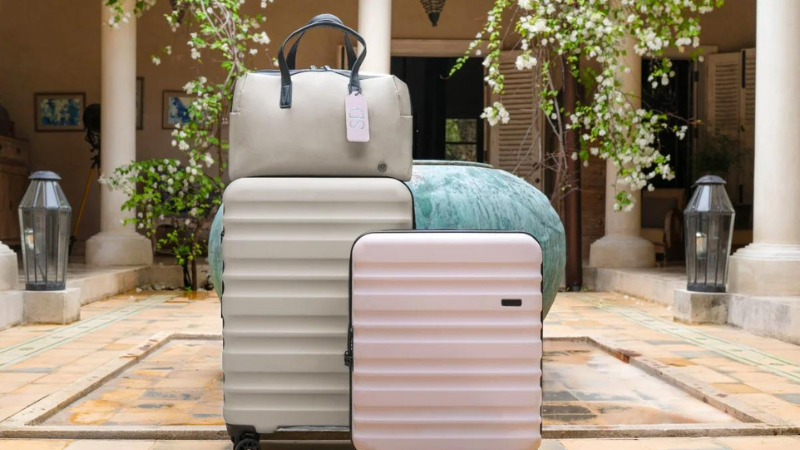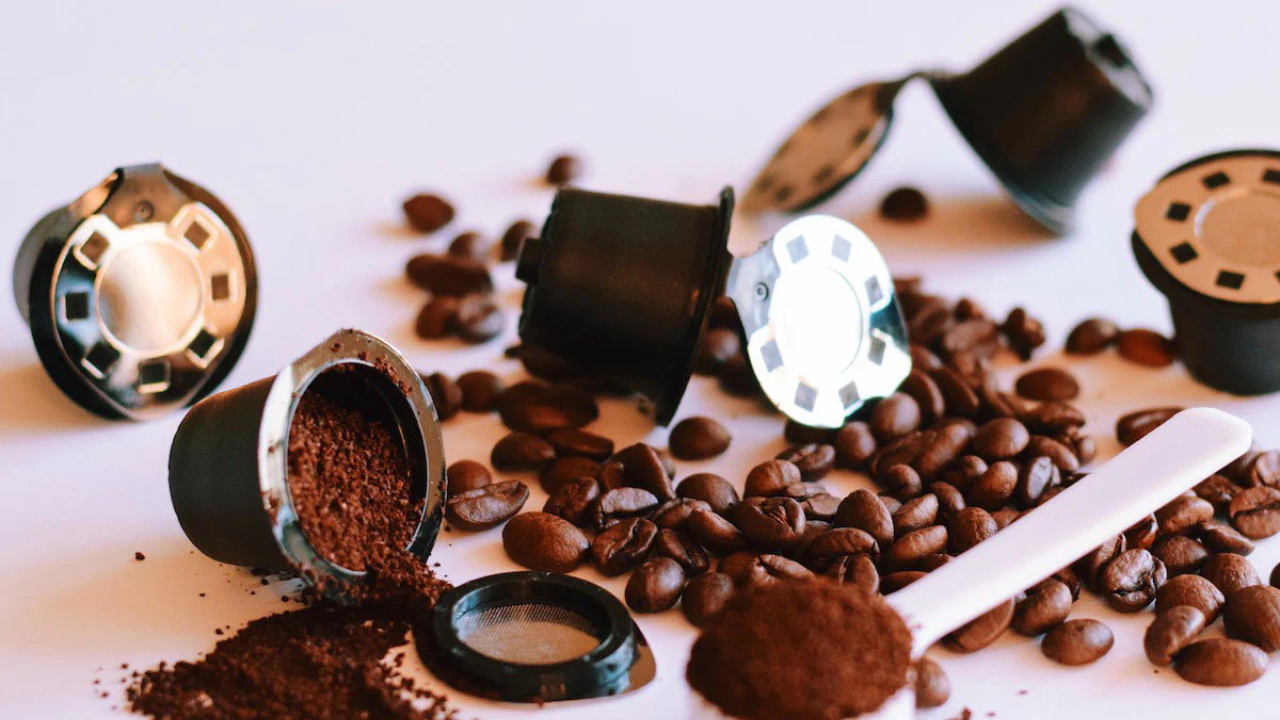While you cannot control the fuel price, you can optimize your car to be more fuel-efficient. Fuel-efficient cars use much less fuel and, hence, help you save a lot of money. The best part about improving a car’s fuel efficiency is reducing the impact of your driving on the environment.
Not many people know this, but your car can burn 30% more fuel if you don’t regularly perform proper maintenance. Even though we all know the importance of regular car maintenance, we don’t take the time to do it more often.
This blog will shed light on eight ways in which you can improve your car’s efficiency.
1. Don’t Let Your Vehicle Sit Idle.
Avoid letting your vehicle sit idle for more than a minute, as this consumes half to one gallon of fuel per hour. It also pumps unnecessary carbon dioxide gas into the atmosphere. Today’s modern engines consume less fuel if you turn them off and restart them rather than let them sit idle for a long time.
Before you drive, effectively warm your engine. An engine works harder under load and warms up much faster if you simply start it, wait for 20 seconds to build oil pressure, and then drive.
2. Drive-In the Highest Gear Possible.
Driving in the highest possible gear is a fuel-efficient way of driving. For example, a vehicle driving 60 km/h will use 25% more fuel in the third gear than in the fifth gear. If you drive at fast rates in low gears, your vehicle can consume up to 45% more fuel than it needs.
Use your onboard trip computer to monitor the “Instant fuel economy.”Monitor this gauge closely while driving and ensure you keep the “litres per 100 kilometres” as low as possible.
3. Choose the Right Fuel.
Ensuring your car utilizes fuel efficiently also depends on the fuel you use. Remember to choose the right octane fuel for your car. Your owner’s manual will tell you what kind of octane your car needs.
Octane ratings convey the fuel’s ability to resist engine knock – the higher the octane rating, the higher the fuel price. Premium fuel accounts for 10% of all fuel sold, while only 6% of cars sold need premium fuel. If you want to improve your fuel efficiency, avoid buying higher octane fuel for premium performance.
4. Avoid Rough Roads.
Rough roads full of sand, dirt, and gravel can rob you of approximately 30% of your fuel efficiency. Every time your car bounces up and down on roads, forward motion energy is removed from the vehicle.
Not only is driving on a rough road uncomfortable, but it slows down a vehicle due to the transfer of energy. When this happens, the driver applies more throttle, which, in simple words, means wasted fuel.
The good news is that Honda’s significant investment in ground-breaking technologies has enabled the development of highly fuel efficient cars that do not compromise on responsiveness and driving pleasure.
5. Lighten the Load.
Last but not least, lighten the load while you drive. Before heading out, pause and think about what you need during your journey. Only pack the essentials – if you need something, do not pack it. If your vehicle comes with roof racks, remove them if you don’t need them, as they create wind drag.
The lighter the load of your vehicle, the lower will be your fuel consumption. An extra 40 to 50 kilograms in your car’s trunk can reduce fuel efficiency by 1% to 2% as carrying excess weight wastes fuel.
6. Accelerate and Decelerate Smoothly.
If you are at a traffic signal and the lights turn green, please avoid stamping on the accelerator and getting up to speed as fast as possible. This is not good for your car. Instead, accelerate briskly but smoothly, reaching your desired speed in a reasonable time frame that will not frustrate fellows in vehicles behind you.
Similarly, don’t wait until the very last minute to come to a standstill or rest position. Hitting the brakes suddenly can affect your fuel efficiency. Instead, lift off the gas pedal slowly and gently hit the brakes until you come to a stop. Avoid accelerating speedily and then slamming on the brakes to go over the bump when it comes to speed bumps. Instead, maintain a constant speed.
7. Invest in Car Servicing and Maintenance.
Most people try to save money when it comes to car servicing and maintenance, which adversely affects fuel efficiency. Ensuring that your vehicle is in its best possible mechanical shape is crucial when optimizing fuel efficiency.
If you service your car’s engine regularly in line with the manufacturer’s service schedules using the correct parts, fluids, and lubricants, your car will work much better and be more fuel efficient than one that isn’t maintained or serviced as required.
An important aspect that many car owners overlook during service and maintenance is wheel alignment. Poorly aligned wheels can harm fuel efficiency and can be knocked out by potholes or bumps in the road. Therefore, ensure you get your car’s wheel alignment checked regularly.
8. Use A.C. and Heating Functions Wisely.
Always remember: anything that drains your car’s battery in a significant way will also drain your car’s fuel tank. This is because most cars use an alternator to charge the battery backup powered by the engine that needs fuel to work.
Air conditioning (A.C.) is the biggest culprit, increasing fuel consumption by around 5%-7%. However, this effect is less noticeable at higher speeds, so using A.C. on motorway speeds is recommended because it is much more efficient than rolling the windows down and experiencing drag.
Similarly, heated seats, steering wheels, windscreens, and other heated components of your car also use extra fuel. Be smart about using them and turn them off if you don’t need them.
Final Words
Optimizing fuel efficiency is not very challenging. All you need to do is make small changes to reduce your fuel consumption over time.
Invest in the best technology, like Honda’s fuel-efficient cars, to create a difference in your driving experience.







